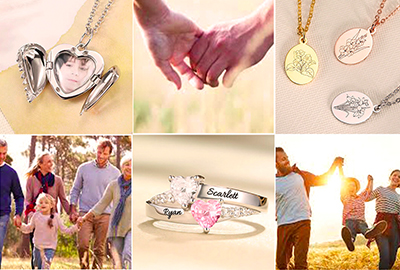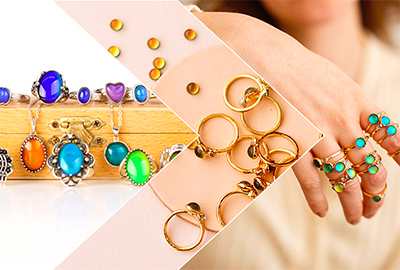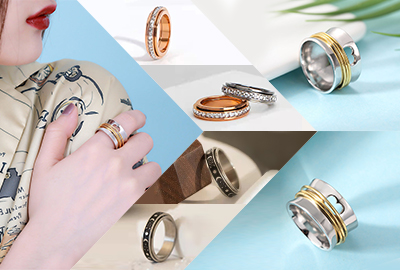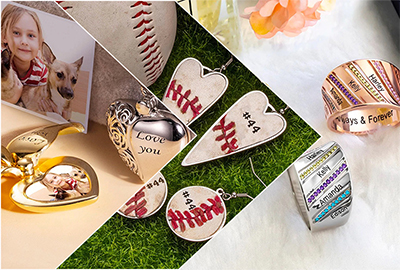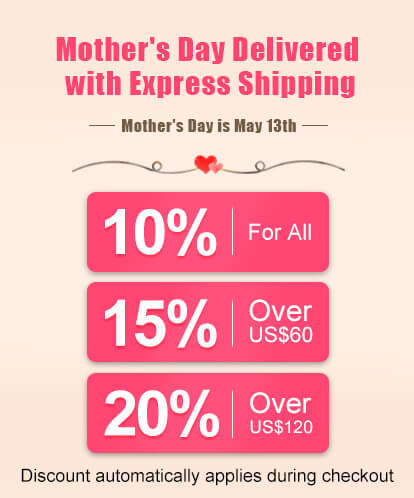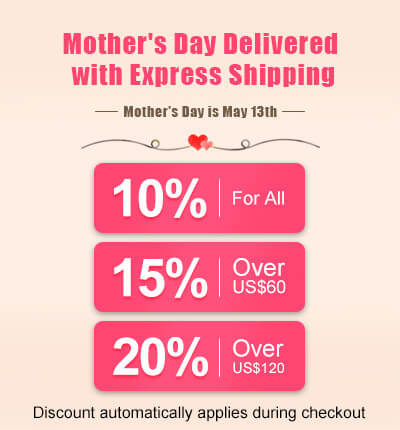The Birthstone of June - Pearl

The June birthstone, which has been sought after for thousands of years, still enjoys a supreme status and is regarded as the queen of modern fashion. Faceted pearls are different from traditional cultured pearls. This avant-garde beauty has more than 200 facets.
What is a pearl? Pearl is an organic gem formed in seawater and freshwater mollusks. These mollusks have one (single shell) or two (double shell) shells. Molluscs are invertebrates, that is, without spine or vertebrae. Gemologists divide the pearl into two categories: natural pearls: pearls formed without human intervention. When the irritant enters the mollusc, the mollusc secretes a mixture of calcium carbonate and hard shell proteins (i.e. nacre). The nacre will wrap the irritant like a protective shell. Although the history of use as an ornament has been around for thousands of years, natural pearls are now extremely rare, accounting for only a small fraction of the total number of pearls traded.
Cultured pearls: Akoya, Tahiti, the South China Sea and fresh water. According to scientists, there are more than 100,000 different software animals in the global sea. But only a few of them can produce pearls, and only about half of them can be used to produce cultured pearls infinity necklace with names. Cultured pearls: products obtained through manual intervention. The technician will organize the mantle membrane alone (usually for freshwater aquaculture) or implant it with the shell pearl (all marine cultures) into the mollusks. Molluscs secrete nacreous stimulants, consistent with the formation of natural pearls. Regardless of fresh water or seawater, cultured pearls are cultivated in pearl farms, where mollusks are purified and protected to avoid predation and ultimately beaded.
The vast majority of pearl trades are cultured pearls. Akoya cultured pearls have an undeniable elegance. Akoya cultured pearls: Seawater pearls can produce white and cream-cultured pearls, usually between 2 and 11 mm in diameter, with an average of 6 to 8 mm. Akoya cultured pearls are usually perfectly round and have a high gloss (light reflected from the surface of the pearl or nearby). Most akoya cultured pearls are the result of commercial production in Japan and China.
The distinctive necklace features 27 cultured pearls between 13 and 19 mm in diameter, perfectly representing the colors of the Tahitian cultured pearls. Tahiti cultured pearls: Known for their unique color of near-lighting, they are the product of seawater black scallops, which are produced in French Polynesian islands. The pearls produced by this mollusk have a special color, sometimes referred to as eggplant color (dark grayish purple), pistachio (yellow green to greenish yellow) or peacock (dark green to blue). There is a pink to purple floodlight. The diameter of the cultured pearls in Tahiti is generally between 9 and 14 mm, the most common being between 9 and 11 mm.




 $
$  Pound Sterling
Pound Sterling CA Dollar
CA Dollar AU Dollar
AU Dollar Euro
Euro NZ Dollar
NZ Dollar Malaysian Ringgit
Malaysian Ringgit Philippine Peso
Philippine Peso Singapore Dollar
Singapore Dollar South African
South African Danish Krona
Danish Krona Hong Kong Dollar
Hong Kong Dollar Indonesia Rupiah
Indonesia Rupiah Mexican Peso
Mexican Peso Norwegian Kroner
Norwegian Kroner Swedish Krona
Swedish Krona Swiss Franc
Swiss Franc UAE Dirham
UAE Dirham CzechKoruna
CzechKoruna Türk Lirası
Türk Lirası Indian Rupee
Indian Rupee Brazillain Real
Brazillain Real Japanese Yen
Japanese Yen